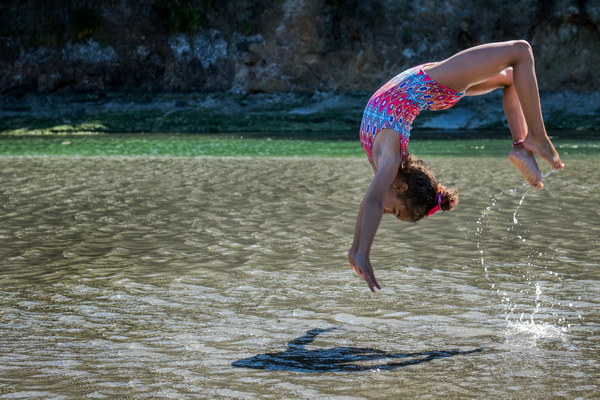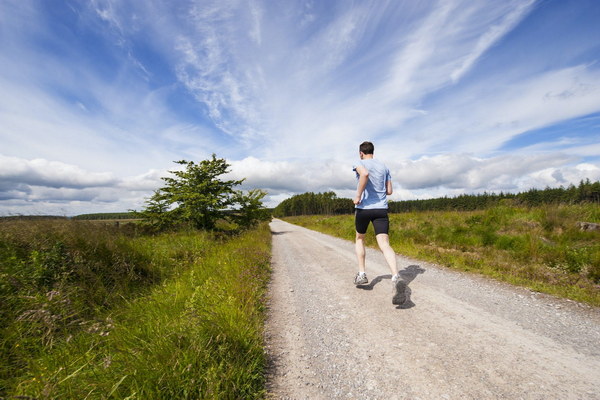Fighting Dampness Can Exercise Help Those Prone to Dampness
Introduction:
Dampness, or dampness syndrome as it's known in traditional Chinese medicine, is a condition where the body is believed to have an excess of dampness, leading to various health issues. Many people turn to exercise to improve their overall well-being, but can it specifically help those prone to dampness? In this article, we will explore the relationship between exercise and dampness, and whether physical activity can aid in alleviating dampness symptoms.
Understanding Dampness:
Dampness is a concept deeply rooted in traditional Chinese medicine, which suggests that the body can accumulate dampness due to external factors such as humidity, excessive water intake, and poor diet. This accumulation can lead to symptoms like fatigue, weight gain, joint pain, and digestive issues. While modern medicine may not recognize dampness as a standalone condition, many individuals still seek natural remedies to alleviate their symptoms.
Exercise and Dampness:

Exercise is widely regarded as a beneficial activity for overall health. When it comes to dampness, physical activity can play a significant role in reducing dampness symptoms. Here's how:
1. Improves Circulation:
Regular exercise increases blood flow throughout the body, promoting the elimination of toxins and waste products. This enhanced circulation can help to expel dampness from the body, leading to improved energy levels and reduced fatigue.
2. Enhances Digestion:
Exercise stimulates the digestive system, aiding in the proper breakdown and absorption of nutrients. This can help alleviate symptoms like bloating, constipation, and diarrhea, which are often associated with dampness.
3. Boosts Immune System:
A strong immune system is crucial in combating dampness. Exercise can strengthen the immune system, making it more effective in fighting off infections and reducing the likelihood of dampness-related health issues.
4. Promotes Sweating:
Sweating is an excellent way to eliminate dampness from the body. Engaging in activities that induce sweat, such as yoga, dancing, or brisk walking, can help to expel dampness and improve overall health.
5. Reduces Stress:
Stress can exacerbate dampness symptoms, as it weakens the body's ability to fight off dampness. Exercise serves as a natural stress reliever, helping to reduce the negative impact of stress on dampness-related health issues.
Types of Exercise for Dampness:
While any form of exercise can be beneficial, some activities may be more suitable for those prone to dampness:
1. Cardiovascular Exercise:
Cardiovascular activities like running, cycling, or swimming can improve circulation and promote sweating, effectively reducing dampness symptoms.
2. Strength Training:
Building muscle can enhance metabolism and improve digestion, which can help in managing dampness-related health issues.
3. Yoga and Tai Chi:
These gentle forms of exercise focus on balance, flexibility, and breath control, which can help to balance the body's internal systems and alleviate dampness symptoms.
4. Mind-Body Activities:
Activities that encourage relaxation and mindfulness, such as meditation or qigong, can help reduce stress and improve overall well-being, aiding in dampness management.
Conclusion:
Exercise can be a valuable tool in managing dampness symptoms for those who are prone to dampness. By improving circulation, enhancing digestion, boosting the immune system, and reducing stress, regular physical activity can help alleviate dampness-related health issues. It is essential to choose activities that are enjoyable and suitable for your individual needs, ensuring that exercise remains a sustainable and beneficial part of your lifestyle.









